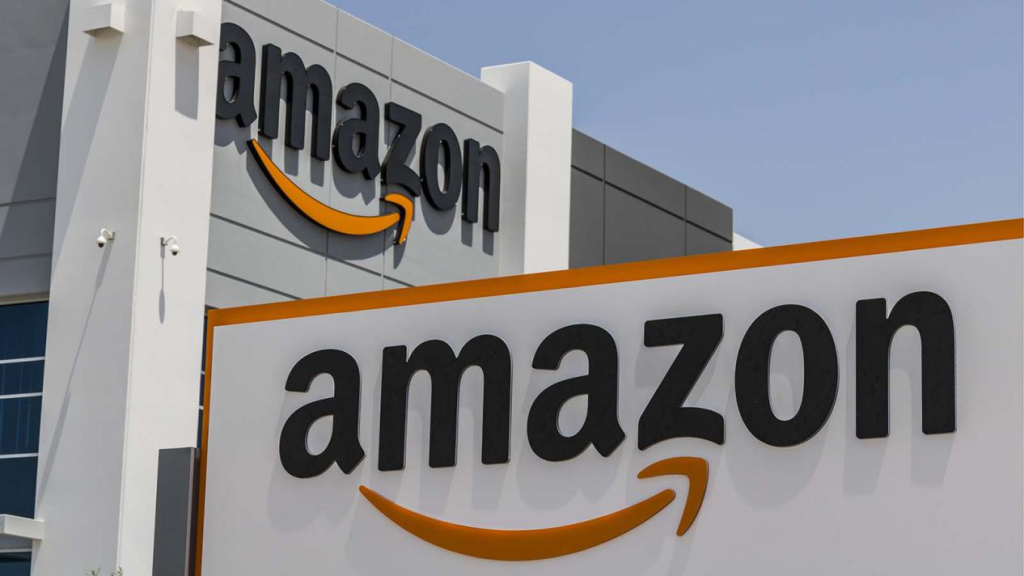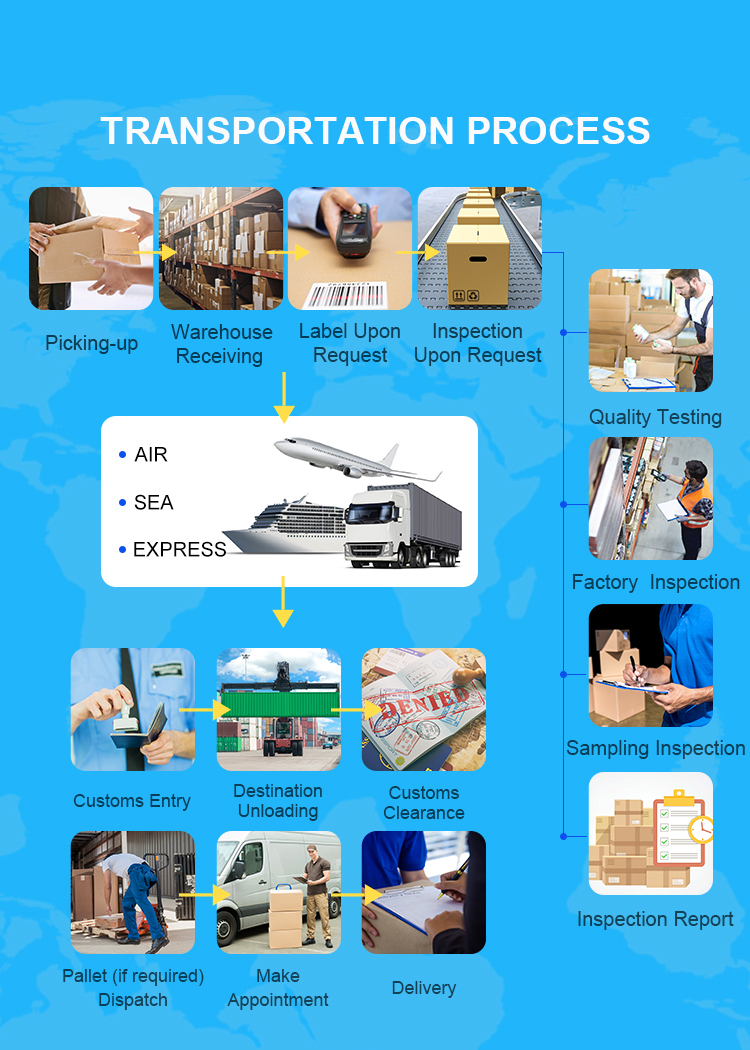Operation process of FBA sea first-class transportation.
With the rise and development of Amazon’s e-commerce platform in recent years, e-commerce sellers may need professional logistics service suppliers to provide FBA first-class transportation services. Today, I would like to share with you the operating process of FBA sea first-class transportation as below:
(1) Domestic warehouse collection: The Amazon e-commerce seller must provide the product name, volume, weight, and zip code of the Amazon warehouse to the forwarder to confirm whether the goods can be transported, along with the freight, transit time, and other information before delivery in China. Note: You generally cannot ship inflammable and explosive materials, military supplies, medical equipment, counterfeit brands, adult goods, and batteries over 100 watts!

(2 ) Sorting and labeling: the e-commerce seller shall stick the “label” (commonly known as “veneer sheet”) according to the warehousing requirements of Amazon. Of course, the e-commerce seller can also send the goods to the warehouse of the FBA forwarder first, and then entrust the forwarder to carry out sorting and post the “warehousing label” of Amazon in the warehouse.
(3) Loading container: The forwarder will book the space with the shipping lines in advance, and usually arrange the loading 2-3 days before the customs cut-off. For example, the first-class FBA transportation fast vessel to the USA is Matson from Shanghai Port and ZIM from Yantian Port, Shenzhen. and the statute of limitations for sailing at sea is around 12-14 days.

(4) Export declaration: When the container returns to the dock, the company will entrust a customs broker to make an export declaration. They will prepare the export declaration, which includes buying custom declaration documents and general trade declarations. When making export declaration docs, it is necessary to prepare declaration documents according to the requirements of the customs, such as trade contract, commercial invoice, packing list, Customs agency agreement, declaration draft (including declaration elements), special documents (exit goods customs clearance, export license, etc.).
- Sea transport: When the goods pass the customs declaration smoothly, the shipping lines have a plan to sail, and the container begins to sail to the port of the destination country. For example, the goods going to Amazon in the USA all arrive at the port of Los Angeles.
- Import customs clearance & tax: When the vessel arrives at the destination port, the FBA freight forwarder will entrust a professional customs clearance team to handle the import declaration and tax. In case of customs inspection, the import customs clearance company will provide the necessary documents according to the requirements of the customs to cooperate with the inspection. It is suggested that the e-commerce seller must confirm with the forwarder which goods can be transported in advance, otherwise, there will be the risk of being detained by customs or fined.
(5) Delivery at destination: When the goods clear customs smoothly, the FBA forwarder picks them up from the overseas warehouse at the port. Next, the forwarder schedules a pickup appointment with UPS or FedEx to deliver the goods to the seller’s designated Amazon warehouse. If a truck is delivering to the Amazon warehouse, the FBA forwarder coordinates with the Amazon warehouse for the delivery and arranges the truck transport. If a single item weighs less than 21 kg, the forwarder recommends using UPS or FedEx for delivery. For oversized items, they suggest using trucks for delivery to the warehouse.

Summarize the above operation process, the step is :
1, domestic warehouse collection,
2, sorting & labeling
3, Loading container,
4, export declaration,
5, sea transportation
6, import customs clearance & tax
7, delivery at the destination port
Hope the above FBA shipping operation process can help more Amazon e-commerce sellers or new e-commerce sellers to have a deeper understanding of the FBA shipping operation process. Thank you!




